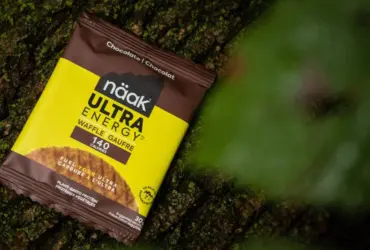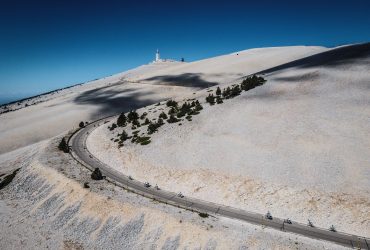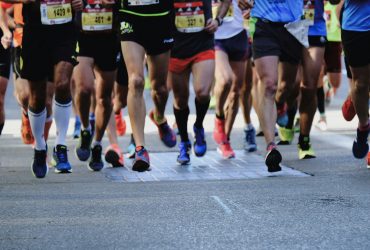The year 2021 marked the 35th edition of the Marathon des Sables, the legendary race held in the Moroccan desert. Find out more about the event won last weekend for the eighth time by Rachid El Morabity.
The 35th Marathon des Sables has just come to an end in the southern Moroccan Sahara. What's the idea behind this extraordinary race? To cover 250 km in the desert with enough food on your back to live on for a week (only water is provided). To celebrate the return of this sporting monument after a two-year absence, here's a selection of figures and anecdotes you're sure to enjoy!
8 : the number of victories in the Marathon des Sables for Moroccan Rachid El Morabity. With this new victory, he comes close to the record held by his compatriot Lahcen Ahansal and his 10 victories.
50 % the number of finishers this year. The 2021 edition is reputed by the organizers to be the most difficult yet. The cause? The heat, the global health crisis, intestinal problems and the shock of a runner's death on the second day of the race. Usually, between 90 and 95% of starters cross the finish line.
For the first edition of the MDS, only 23 participants took the start in 1986. A far cry from this year's 750 runners, and the 22,000 since its creation.
The 250 km course is self-paced, with average speeds ranging from 3 to 14 km/hour. Competitors take between 18 and 83 hours to complete the competition. The main difficulties: the weight of the rucksack, the terrain and the presence of sand. Not forgetting the heat, of course. The overall temperature is around 30°C, with peaks of up to 45°C.
Every year, the route of the Marathon des Sables is a highly guarded secret. It is only revealed the day before the event. What's more, the event takes place in the desert, far from civilization and tourist areas, making assistance impossible as required by the regulations.
In 2021, three participants from the famous Koh-Lanta TV show set off to tackle the Marathon des Sables: Dorian Louvet, Mathieu Blanchard (fifth overall) and Alix Noblat (who unfortunately had to abandon stage 4 for medical reasons).
The Marathon des Sables is strongly committed to its impact on the community. In 2008, the association Solidarité Marathon des Sables was created, with the aim of "developing projects for children and disadvantaged populations in the fields of health, education and sustainable development in Morocco". In 2019, the organization proudly inaugurated the Centre Solidarité MDS, a facility with classrooms, computer rooms, rest areas, and areas for sports and athletics. In addition to the programs put in place, many participants come to run for a cause. This year, 43 associations were listed on the competition website.
Environmental impact is also a major concern for the event. This year, for the second time, the entire carbon footprint of the race was offset. A strict protocol is applied to waste management. For example, bottles and packaging are marked with a bib number, so a penalty applies if they are abandoned in the desert by a runner.
Among the outstanding profiles, Anne Bonzoumet from France was the event's doyenne. At 70, she has already run the Marathon des Sables nine times: "My level is average, and as the years go by it weakens, but my only objective is to arrive, and above all to arrive in good shape to continue without injury and to be able to run again and again". Another experienced competitor, 67-year-old Christian Ginter, holds the record for most participations with 33 starts.
Hannah Mary Bradshaw, who suffers from Lyme disease, will also be taking part. Her big dream: to run the Marathon des Sables before she turned 40. Unfortunately, life decided otherwise: "For several months I was unable to move, and then it was as if I'd lost my identity and my future. I had to recover little by little, with the fear of no longer being able to do what I used to do... With the help of my friends and family and my community, I recovered and the challenge of 'doing the MDS before my 40th birthday' became 'celebrating my 40th birthday on the MDS'". Revenge for her 41st birthday!
In the unusual category, Nicolas Duplàa decided to run the race in espadrilles because "the stride is more natural. It asks questions of the other runners, allows me to exchange ideas, meet new people, and promote our beautiful Basque country. I'll be the first to take part in the MDS in espadrilles, and I'm very proud of that! A particularity in the image of Loury Lagardère. The French explorer had decided to run barefoot, as he has done on several desert crossings before. In the end, however, he was forced to give up due to the condition of his feet.










